Cauleen Smith Mousse Magazine Interview
Destroying Narratives: Cauleen Smith
Cauleen Smith and Carolyn Lazard in Conversation
Cauleen Smith is an interdisciplinary artist operating with multiple materials and modes, including installation environments, referencing mid-20th-century experimental film. She draws from devices originating in science fiction to deploy a conversation with the representation of black women in Western cinema as radical others, and to address the dislocated relationship with ideas of belonging to a “homeland.”
CAROLYN LAZARD: Over the past few years, you’ve created more and more installation work and pieces that expand outside of a traditional cinema environment. There seems to be this never-ending debate about the contested presence of cinema in the gallery space. Can you address these formal changes in your work and why you necessarily wanted to take your work out of the theater?
CAULEEN SMITH: When I first started making films, showing moving images in gallery and museum spaces was both prohibitively expensive and technically difficult. It was actually painful to have my work in art shows because the exhibition decisions were so disrespectful to the medium and the way the work was intended to be viewed. Digital video has changed that. A good projector is affordable and requires no human projectionist for operation. An extremely high-quality piece of media can loop effortlessly on a media player. Furthermore, there are the natural similarities between installation art and filmmaking: the completeness, the immersiveness, the totality of materials and playing with their materiality is, to me, echoed in each form. The installation becomes a container, a wrapper, for the films, and sometimes a physical echo of things occurring in the films. It also becomes a three-dimensional footnote in a sense because I rely on the environment in which my films play to expand and illuminate the content, tone, and forms deployed in the films. By building chambers, what I have taken to calling “space stations,” I have a chance to control the spectator’s approach toward the work and influence their receptivity. Frequently the installation is a playful obstruction. A way of slowing down the spectator, of inviting them to spend more time with the work by offering them information that can only be gleaned by being inside of the space that contains the film.
CL: In H-E-L-L-O (2014) and in The Way Out Is The Way Two: Fourteen Short Films about Chicago and Sun Ra (2012), you work directly with musicians, addressing the legacy of black music and the avant-garde. Your use of non-diegetic sound, dubbed dialogue, and text in lieu of voice can be quite disorienting. The dissonance between sound and image points to worlds outside of the frame, adding layers of perception. Often, one senses that there is an entirely separate sonic narrative unfolding under your films. Could you address your relationship to sound as a filmmaker?
CS: I admit to the strangeness of something your questions alludes to, which is the fact that I really do favor dissonant, non-diegetic sound design. I get excited when the sound I hear disagrees with the image I see but somehow manages to point me toward a new question or possibility. Whenever a spectator is offered drama through dialogue, they desire the satisfaction—the seduction—of losing themselves in the affective transference that occurs between screen character and individual spectator. Dialogue is a very special kind of text, different from essay, poetry, or expository voice-over. I love what it can do, but I don’t love enabling that traditional desire for illusionistic filmmaking in my spectators when I am trying to offer them a different kind of viewing experience. In the context of my work, it’s misleading to invite viewers to lose themselves in the narrative drama, when all of the tension actually resides in the image and its formal relationship to what comes before and after and what sounds support or undermine those images. Rather than completely mute the figures in my films, I prefer to untether the voice from the body and insert some slippage. In that space, I hope, is the potential for a kind of recognition of self, that invites more than desire. Cognitive estrangement and cognitive dissonance are both tactics that I rely on quite heavily. What does it feel like to live in a body that is perceived as malevolently vacant, fugitive, unknowable, and black? Estrangement and dissonance are two psychological states that come to mind when I think about how black people have to move through the world and the assumptions we are sometimes subjected to. Undermining the mundane aspects of moving through cinematic space by peppering the sonic environment with alien information seems like an invitation to contemplate the discomfort—and that freedom.
To read full interview click here.
Featured image:
Cauleen Smith, Song for Earth and Folk (still), 2013
Courtesy: the artistaffiliate link trace | adidas

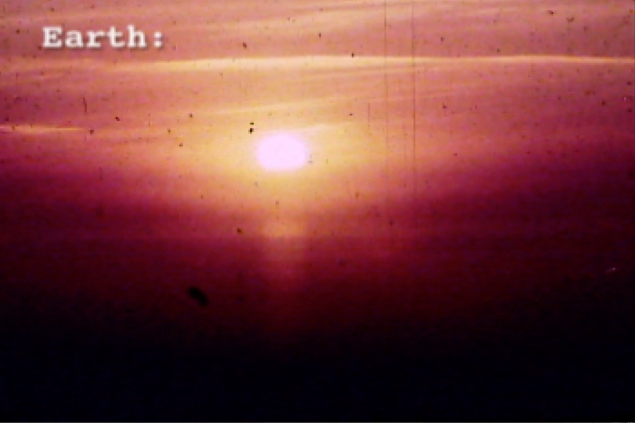

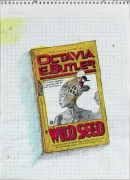
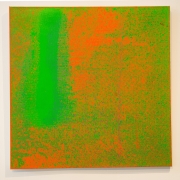
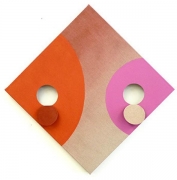


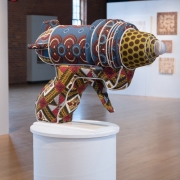
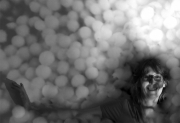


Leave a Reply
Want to join the discussion?Feel free to contribute!